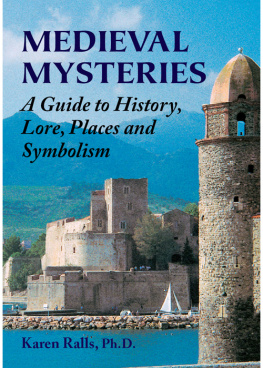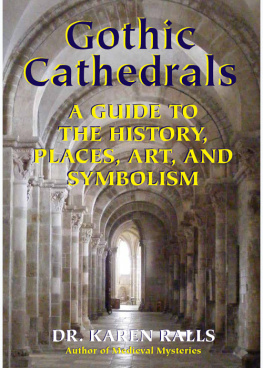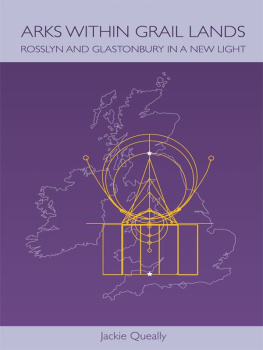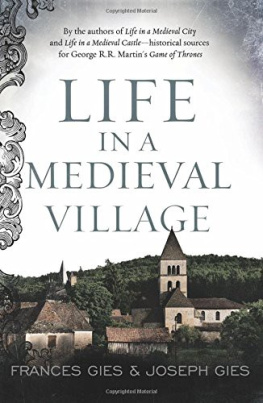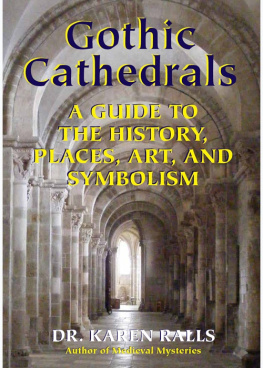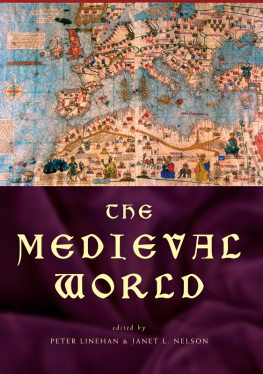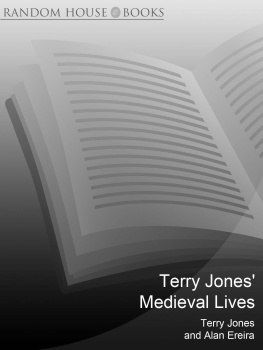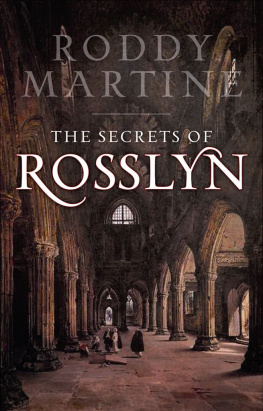
Published in 2013 by Ibis Press
An imprint of Nicolas-Hays, Inc.
P. O. Box 540206
Lake Worth, FL 33454-0206
www.ibispress.net
Distributed to the trade by
Red Wheel/Weiser, LLC
65 Parker St. Ste. 7
Newburyport, MA 01950
www.redwheelweiser.com
Copyright 2014 by Karen Ralls
All rights reserved. No part of this publication may be reproduced or transmitted in any form or by any means, electronic or mechanical, including photocopying, recording, or by any information storage and retrieval system, without permission in writing from Nicolas-Hays, Inc. Reviewers may quote brief passages.
ISBN: 978-089254-172-0
Ebook ISBN: 978-0-89254-592-6
Library of Congress Cataloging-in-Publication Data Available upon request.
Book design and production by Studio 31.
www.studio31.com
Printed in China
www.redwheelweiser.com
www.redwheelweiser.com/newsletter
TABLE OF CONTENTS
PREFACE
W hy are many of us so intrigued by the High Middle Ages? What is the allure beckoning us into its world, like a mysterious shaft of crystalline light from a bejewelled stained glass window? Umberto Eco, in a famous 1986 essay, commented that ever since medieval times, Western culture has been dreaming the Middle Ages. That our never-ending fascination with all things medievalthe Grail, the Knights Templar, Arthurian legends, Gothic architecture, esoteric symbolism, and so onis part of a modern-day quest for our Western roots.
Indeed it is. From the 12th to the 21st centuries, the well-worn path of the spiritual pilgrim continues unabated, its essence reverberating on, cajoling us to join the quest. We still ponder today: for whom does the Grail serve? And will wecan werestore the Wasteland?
While often misunderstood as a mere feudal outgrowth of the earlier deeply repressive Dark Ages, in fact, the High Middle Ages (11thlate 13th centuries) was not all monks, serfs and Black Death, as the old stereotype implies. In a myriad of ways it was one of the most creative eras of Western European history.
It may surprise us to recall that in the midst of a time of other powerful changes, the High Middle Ages brought Western Europe a number of practical inventions, new concepts and creations that are key parts of our lives todaythe rise of towns, eyeglasses, new printing methods, windmills, the concept of a university, Bachelor's, Master's, and Doctorate degrees, a great increase in trade, new perfumes, spices, and exotic teas, the rise of merchant guilds, the return of the astrolabe via Islamic Spain, and the rediscovery of the works of Aristotle.
But this period also spawned a cultural peak all its ownwitnessing the rise and fall of the famed Knights Templar Order; the Grail manuscripts; the building of the Gothic cathedrals; a dramatic increase in pilgrimage; a renewed appreciation for the sacred Feminine, Black Madonnas, Mary Magdalene and other female saints; the time of the troubadours and the Courts of Love; international trade; new ideas and interfaith exchanges; and the pre-Renaissance early rise of certain hermetic and alchemical themes after a period of relative dormancy. Along with increased travel and the growth of towns, heresy and new ideas were also on the rise during this time, partly due to the overall climate of increased intellectual excitementa creative stimulation and flow of ideas that was occurring during the 12th13th centuries. This cluster of cultural phenomena, expressing the spirit of the age, existed alongside the growth of the universities of Paris, Oxford, and Bologna; the signing of the Magna Carta; and the reigns of Eleanor of Aquitaine, Henry II, and other famed rulers.
In the midst of our rapid scientific and technological development today and the growth of a digital age of social networking and electronic gadgetry, we witness the modern-day Western near-obsession, at times, with many medieval-themed phenomena: musicals, computer games, products, books, and films like Excalibur and The Name of the Rose. We also see the popularity of medieval chants, vampires, and a steadily growing surge of visitors to European medieval sites. In what pundits have described as an increase of an age of Light amidst our times of great social changes and stressors, the darker medieval ages seem to enthrall us all the morewith a mobile phone in one hand and a proverbial pilgrim's staff in the otheras we quest on with our lives. But what are the various strands of the tapestry of this period?
I am an medieval historian, art, film, and historical sites consultant, and the former Deputy Director and Curator of the Rosslyn Chapel museum exhibition (19952001). Following the publication of my books The Templars and the Grail in 2003 (released prior to The Da Vinci Code), and The Knights Templar Encyclopedia (released in 2007), readers have been consistently asking me for a guide to some of their more favorite medieval topicsone that offers solid factual history along with some of the more intriguing and lesser-known aspects as well. A number of my students, heritage and travel organizations (US and UK), charities, and various contacts in the film/media world have made similar requests.
To help meet this growing demand, I have chosen twelve doorways for the most-requested, popular medieval topics (organized in ten chapters). Each of the topic discussions includes a factual Historical Overview for those who may be relatively new to these topics (or only somewhat familiar with them), and I have added two smaller sections in each chapter illustrating the most interesting and visitor-friendly places associated with each topic, along with its relevant lore/legends and symbolism. We cover here the Knights Templar, Mary Magdalene, the Black Madonna, the Grail, the Cathars, the Medieval Guilds, Heresy and Heretics, the Troubadours, King Arthur, Merlin, and Glastonbury, and Rosslyn Chapel.
In an effort to help you continue your studies, I have listed some of the best books and resources in each area of inquiry, as well as providing a full Bibliography at the end. While the Historical Overview section attempts to provide a general survey of the topic in question, it is, of course, not comprehensive. But it is hoped that by providing a relatively solid introductory guide to each doorway regarding its History, Places, Lore/Legends, and Symbolism the reader will be well on the way to learning more about these fascinating medieval subjects.
May each topic covered here become a doorway, a portal, into a new Quest for all readers to explore, deepen, and enrich their lives. It starts with a single step.... Enjoy the journey...
Dr Karen Ralls
Oxford, England
CHAPTER ONE
THE KNIGHTS TEMPLAR
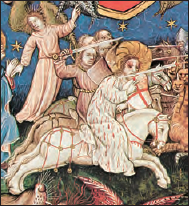
The time of the Crusades identified the figure of the holy warrior with a concept of spiritual warfare.
Historical Overview
T he medieval Knights Templar (11191312) famed monastic warriors of the Crusades, were the most powerful military religious order of the High Middle Ages. Long shrouded in mystery, the knights of the Order of the Temple of Solomon were believed by some to conduct special rites, guard relics, possess the lost treasures of Jerusalemand much more. A colossal force with an empire spanning many countries and consisting of thousands of commandaries, the Templars were major landowners and managers, bankers to kings and nobles, industrialists, trusted diplomats, guardians and transporters of pilgrims to and from the Holy Land, navigators, and exponents of spiritual wisdom.
Next page
